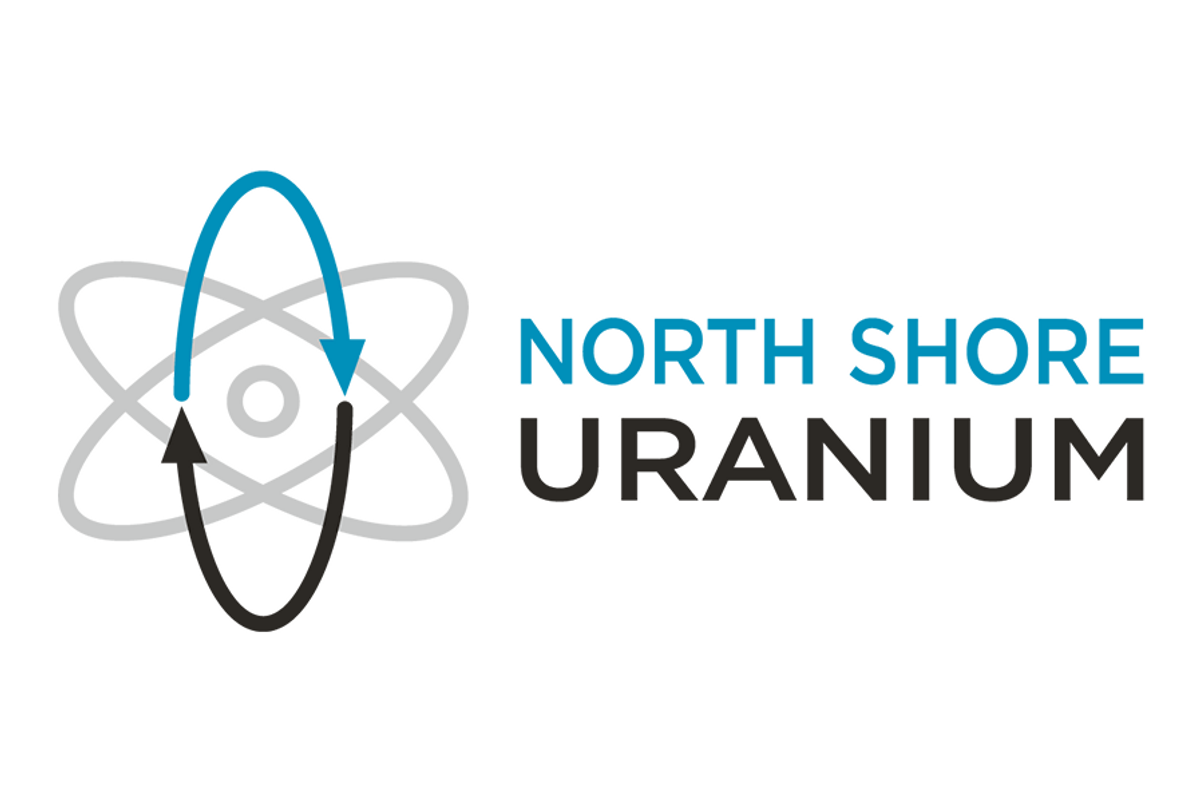TICKER SYMBOLS: TSX:LAM; ASX:LAM; OTCQX:LMRXF
Laramide Resources Ltd. (" Laramide " or the " Company ") (TSX: LAM) (ASX: LAM) (OTCQX: LMRXF) is pleased to announce the appointment of Jacqueline Allison CFA, PhD, PGeo, FCIM, as a new Non-Executive Director effective immediately.
Ms. Allison holds a PhD in Mineral Economics from McGill University , a Professional Geoscientist ( Ontario ) designation, and a Chartered Financial Analyst (CFA) designation.
Ms. Allison brings more than 20 years of Canadian and international experience at major institutions in the fields of mineral economics, financial analysis, investment management and investor relations. Previously, she was VP Investor Relations and Strategic Analysis for Augusta Group of Companies, with similar senior executive capacities at Dominion Diamond Corp. and Hudbay Minerals Inc. Prior to that, she served as a VP and Research Analyst at various banking institutions, including BMO Harris Investment Management Inc.
Ms. Allison is also currently the Chair of the Management and Economics Society of the Canadian Institute of Mining, Metallurgy and Petroleum (CIM), and a Corporate Director for both McMillan Research in London, UK , as well as Ride HOVR Corporation in Toronto .
John G. Booth , Chairman of the Board for Laramide Resources Ltd., stated, "We are very pleased to welcome Jacqueline Allison to Laramide's Board of Directors as we continue to advance our recently announced exploration of the Murphy Uranium Project in the Northern Territory of Australia , as well as our Westmoreland Uranium Project and our portfolio of in-situ resource and traditional hard rock uranium assets in the United States . Her background in mineral economics should complement well the diverse skill sets already present in the existing board and we all look forward to working with her to create shareholder value."
As a result of this announced expansion, the Board will be composed of John G. Booth as Non-Executive Chairman, President and CEO Marc Henderson , Scott Patterson , Raffi Babikian and Jacqueline Allison .
To learn more about Laramide, please visit the Company's website at www.laramide.com .
About Laramide Resources:
Laramide is a Canadian-based company with diversified uranium assets strategically positioned in the United States and Australia that have been chosen for their low-cost production potential. Laramide's Churchrock and Crownpoint properties form a leading In-Situ Recovery (ISR) division that benefits from significant mineral resources and near-term development potential. Additional U.S. assets include La Jara Mesa in Grants, New Mexico , and La Sal in the Lisbon Valley district of Utah . The Company's Australian advanced stage Westmoreland is one of the largest uranium projects currently held by a junior mining company. Laramide is listed on the TSX: LAM and ASX: LAM and in the United States on the OTCQX: LMRXF.
Forward-looking Statements and Cautionary Language
This release includes certain statements that may be deemed to be "forward-looking statements". All statements in this release, other than statements of historical facts, that address events or developments that management of the Company expect, are forward-looking statements. Forward-looking statements are frequently, but not always, identified by words such as "expects", "anticipates", "believes", "plans", "projects", "intends", "estimates", "envisages", "potential", "possible", "strategy", "goals", "objectives", or variations thereof or stating that certain actions, events or results "may", "could", "would", "might" or "will" be taken, occur or be achieved, or the negative of any of these terms and similar expressions. Actual results or developments may differ materially from those in forward-looking statements. Laramide disclaims any intention or obligation to update or revise any forward-looking statements, whether as a result of new information, future events or otherwise, save and except as may be required by applicable securities laws.
Since forward-looking information address future events and conditions, by their very nature they involve inherent risks and uncertainties. Actual results could differ materially from those currently anticipated due to a number of factors and risks. These include, but are not limited to, exploration and production for uranium; delays or changes in plans with respect to exploration or development projects or capital expenditures; the uncertainty of resource estimates; health, safety and environmental risks; worldwide demand for uranium; uranium price and other commodity price and exchange rate fluctuations; environmental risks; competition; incorrect assessment of the value of acquisitions; ability to access sufficient capital from internal and external sources; and changes in legislation, including but not limited to tax laws, royalties and environmental regulations.
Actual results, performance or achievement could differ materially from those expressed in, or implied by, the forward-looking information and, accordingly, no assurance can be given that any of the events anticipated by the forward-looking information will transpire or occur, or if any of them do so, what benefits may be derived therefrom and accordingly, readers are cautioned not to place undue reliance on the forward-looking information.
SOURCE Laramide Resources Ltd.





